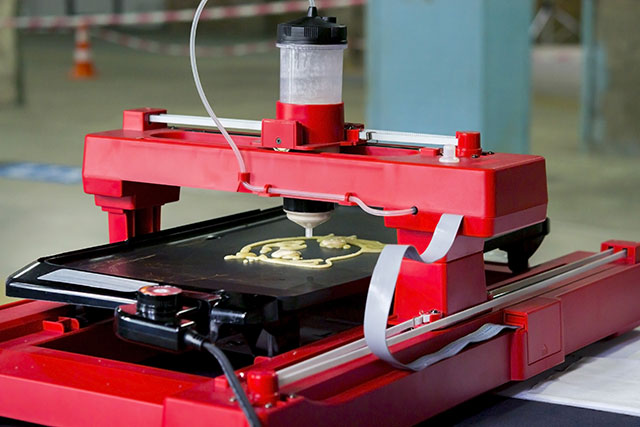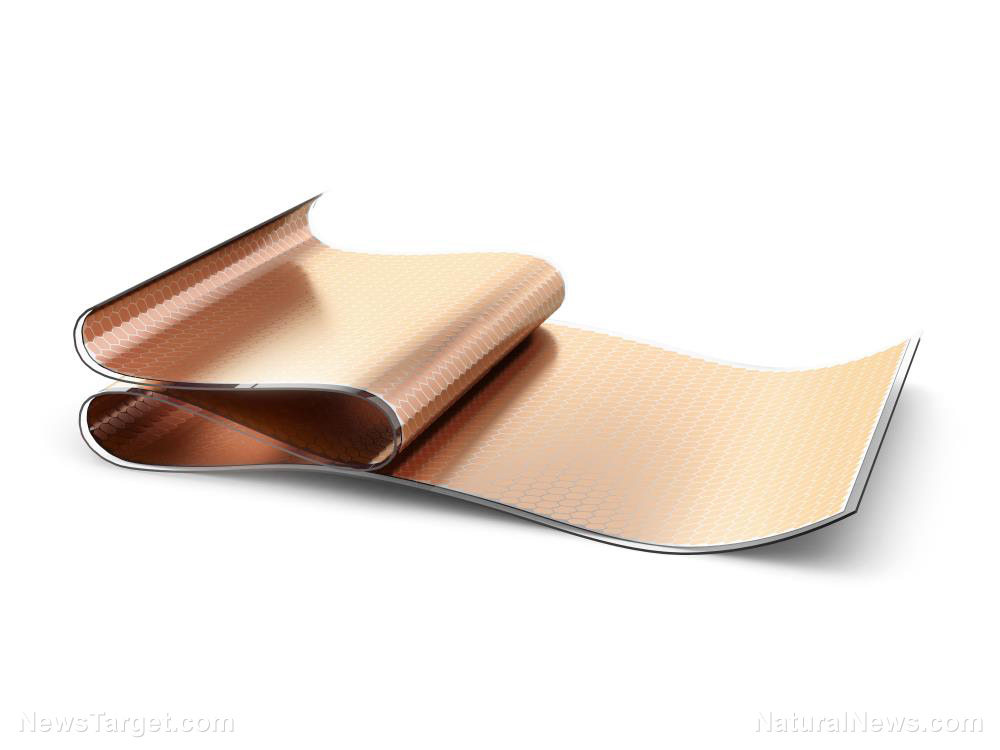Lignin-nylon composite can be used as an eco-friendly 3D printing material, researchers say
03/05/2019 / By Edsel Cook

Researchers have found a great use for lignin produced by bio-refining processes. By combining the woody waste product with nylon, they came up with a renewable feedstock material that can be used by 3D printers to manufacture eco-friendly products.
Lignin comprises a good percentage of the mass of a plant. It is responsible for the rigidity of a plant’s cell walls. Large amounts of the natural polymer can be found in the bark and wood of many vascular plants. The sturdiness of lignin is also the reason why plant-based biomass is much more difficult to break down. Not only does it take more time and energy to process lignin-rich biomass, it also generates a lot of waste, including the unprocessed lignin.
Researchers at Oak Ridge National Laboratory (ORNL) have been working to reduce the cost of producing bio-products. One of their approaches is to find profitable uses for lignin, which is normally thrown away.
“Finding new uses for lignin can improve the economics of the entire biorefining process,” said Amit Naskar, the ORNL researcher in charge of the lignin-nylon printing material. (Related: Researchers create wood sponges that can absorb oil from water.)
Mixing waste lignin and nylon results in an excellent 3D printer feed-stock
Naskar and his researchers obtained hardwood lignin that demonstrated high stability at a certain temperature and shear rate. They combined the wood waste product with carbon fibers, nylon that melts at low temperature, and ordinary plastic.
Their efforts led to a composite material that is perfect when it comes to extrusion from the nozzle of a 3D printer. It also exhibited strong weld strength between the layers of the composite. The end result is a material with very desirable mechanical characteristics for use in additive manufacturing systems.
The addition of nylon solves one of the greatest weaknesses of lignin. While pure lignin is physically sturdy, it also vulnerable to charring at high temperatures. Acrylonitrile-butadiene-styrene (ABS) and other composite thermoplastics are heated to high temperatures. The softened feed-stock can be pushed out of the nozzle of a 3D printer. Those temperatures will char lignin.
Furthermore, if it is exposed to heat for long periods of time, lignin will actually become much thicker than normal. This sudden and sharp increase in viscosity makes the heated lignin harder to extrude from the nozzle, which would slow down or even disrupt the 3D printing process.
New composite prints faster and creates incredibly sturdy products
In their trials, the ORNL researchers reported that the lignin-nylon composite displayed different thermal properties at ambient temperatures. The material displayed greater stiffness and lower melt viscosity than pure lignin. Furthermore, it also displayed much lower viscosity than pure nylon. It was even less viscous than ABS or high-impact polystyrene, another popular feed-stock for 3D printing. At the same time, the tensile strength of the composite matched that of nylon alone. A product printed from this material could withstand considerable amounts of tension before it finally snapped.
Naskar analyzed the molecular structure of the lignin-nylon material using advanced analytical instruments in other ORNL labs. He found that the composite demonstrated a property similar to lubrication or plasticity, which he attributed to the two polymers that comprised it. Up to 50 percent of the composite is made up of lignin, the highest percentage for printing material that used the natural polymer. Depending on the amount of lignin, the mixture can have four to 16 percent of carbon fiber. The rest is made up of nylon.
The researchers believe their new 3D printing material will provide new profitable uses for lignin and provide a renewable composite for additive manufacturers.
Sources include:
Tagged Under: 3D printing, bio materials, bioplastics, bioproducts, biorefinery, breakthrough, eco-friendly, feedstock, future science, innovation, lignin, nylon, renewable materials, science and technology



















